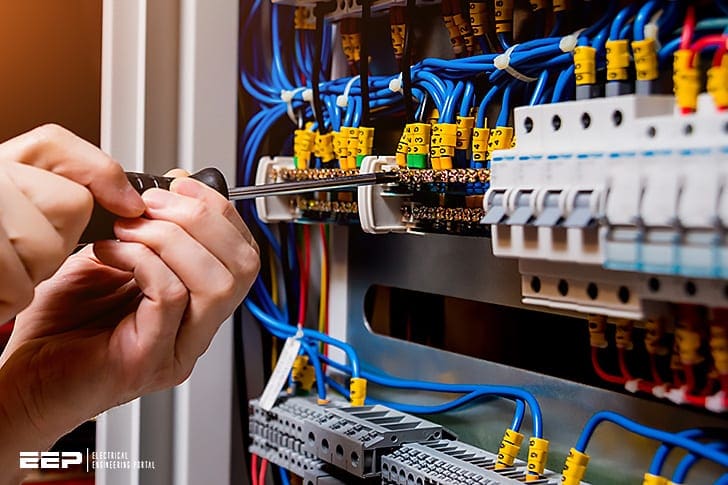Electrical safety is a critical aspect of property maintenance, whether for homeowners, landlords, or business owners. An Electrical Installation Condition Report (EICR) is a key tool in ensuring that electrical installations are safe and compliant with regulations. This blog will guide you through what an EICR is, why it is important, and what to expect during an inspection.
What is an EICR?
An EICR, or Electrical Installation Condition Report, is a formal document produced following an assessment of the electrical installations within a property. This assessment is conducted by a qualified electrician or approved contractor. The EICR evaluates the safety, condition, and compliance of electrical systems with current standards.
Why is an EICR Important?
- Safety: Electrical installations deteriorate over time due to wear and tear, environmental conditions, and usage. An EICR helps identify potential hazards such as faulty wiring, overloaded circuits, and other issues that could lead to electrical shocks, fires, or other dangers.
- Legal Compliance: For landlords, regular EICRs are often a legal requirement. In the UK, for example, private landlords must ensure an EICR is conducted at least every five years and provide a copy to tenants and local authorities upon request.
- Insurance: Many insurance companies require an up-to-date EICR to validate coverage. Without it, you might face difficulties in claiming insurance for electrical faults or related incidents.
- Property Value: An EICR can enhance the value of your property by demonstrating that it is safe and well-maintained. It is also beneficial during property transactions as it provides potential buyers with peace of mind.
What Does an EICR Include?
An EICR inspection involves a thorough examination of the electrical installations in a property. The process includes:
- Visual Inspection: The electrician will visually inspect all electrical components, including cables, switches, sockets, and other fixtures, for any signs of damage or wear.
- Testing: Various tests are conducted to ensure the electrical installations are safe and compliant. These tests check the integrity of wiring, earthing, and bonding, as well as the functionality of circuit breakers and other protective devices.
- Assessment: The overall condition of the electrical system is assessed, identifying any areas that do not meet current standards or pose a risk.
- Report: After the inspection, a detailed report is provided. This report categorizes any issues found using a coding system:
- C1 (Danger Present): Immediate action required.
- C2 (Potentially Dangerous): Urgent remedial action needed.
- C3 (Improvement Recommended): Not dangerous but improvement advised.
- FI (Further Investigation Required): Additional investigation needed.
- Recommendations: The report will also include recommendations for any necessary repairs or improvements to bring the installation up to standard.
How Often Should You Get an EICR?
The frequency of EICR inspections depends on the type of property and its usage:
- Domestic Properties: Every 10 years for owner-occupied homes, but every 5 years or at change of tenancy for rental properties.
- Commercial Properties: Typically every 5 years or more frequently depending on the nature of the business and the electrical load.
- Industrial Properties: Every 3 years, but more frequent checks may be required for high-risk environments.
Choosing a Qualified Electrician
It is crucial to hire a qualified and registered electrician to conduct an EICR. Here are some tips for selecting the right professional:
- Certification: Ensure the electrician is registered with a recognized body, such as NICEIC or NAPIT in the UK.
- Experience: Look for electricians with experience in conducting EICRs and familiar with the type of property you own.
- Reputation: Check reviews and ask for references to ensure the electrician has a good track record.
- Insurance: Verify that the electrician has appropriate insurance coverage for the work they will be performing.
Preparing for an EICR Inspection
Before the inspection, make sure to:
- Clear Access: Ensure that the electrician has clear access to all electrical installations, including the consumer unit (fuse box).
- Documentation: Provide any previous EICR reports or records of electrical work done on the property.
- Communication: Inform the electrician of any known issues or concerns with the electrical system.
Conclusion
An EICR is a vital part of property maintenance, ensuring electrical safety and compliance with regulations. Regular inspections can prevent potential hazards, maintain property value, and provide peace of mind. Whether you’re a homeowner, landlord, or business owner, scheduling regular EICRs with a qualified electrician is a smart investment in safety and compliance.
